Recent changes to dress code enforcement spark controversy about the handbook
Media: Rose Flaherty ’23
With recent changes to the section of the dress code that applies to those students who identify as female, skirts and dresses must meet new guidelines.
Regulation regarding dress code has found its place as one of the most controversial topics on campus this spring. On April 24, an email was sent only to students who identify as female, as well as faculty members. An uproar of debate filtered through campus and into the week.
The Hill School handbook is a staple of “The Family Boarding School.” The handbook contains the rules and expectations designed to be upheld by the students in the community. The handbook, more prominently holds the expectations, bound by signature, of the dress code between the student and the school.
The email from Dean of Students Ari Baum contained a significant change to the dress code: banning skirts and dresses until further notice. The last time this type of decision was made was four years ago.
Almost immediately after Baum’s email was sent, strong opinions flooded campus. In comparison to 2018, when the last official skirt ban was put into effect, Baum felt he should personally deliver the message to the female student body. “Last time we did this a few years ago, I made an announcement in the Dining Hall at lunch, and it was a disappointing response with boys clapping,” Baum said he wanted to ensure this year, he would convey the message in an effective way, more directed to those impacted and minimizing potentially disrespectful responses by those not as impacted.
Graphic credit: Katie Newkirk ’22
Baum further explained why the message came from him, and not the SGA, or anyone else in the deans’ office: “As the dean of students, I’m responsible for communicating changes in rules and expectations of the school. Not just rules and expectations that are easy to communicate and not just rules and expectations to students who identify similarly or identically to me.”
The main emphasis regarding the change to the dress code was the skirt and dress length and fit. Many demerits have been issued to students across all forms in recent weeks, which ultimately led up to this decision from the deans’ office.
Heidi Eccleston, the associate dean of students, and Donna Eilberg, the day student dean, wrote in an email about why this ban occurred. “The policy, as stated in the handbook was not being honored. We communicated our concerns about noncompliance multiple times with students through SGA, ToTH announcements, and dorm meetings. The school, unfortunately, continued to see students not comply with the expectations stated in the handbook.”
Despite many students understanding the issue and acknowledging others’ inability to comply with the dress code after many warnings, opinions arose. Lizzie Hopper ’23, a new student to Hill this year, said she felt the changes were “sexualizing the dress code.” She described the ban on wearing skirts and dresses as “ just weird” because “we are in an academic environment.”
SGA co-president Sarah Jiang ’22 stated in an email that she believed the ban was “enlightening to many members of our community who were prior unclear or dismissive towards the dissatisfaction many had regarding the dress code.” She felt this was necessary to show “the severity of the situation and is representative of the need of improvement in this area, both with the language and collective understanding of the parameters of our dress code, as well as a unified abidance to it.”
The section of the dress code that pertains to students who identify as female has been a subject of debate since female students began attending Hill in 1998. Hill alumna Shannon Ruane ’12, who now teaches at Hill, stated in an email, “There were definitely conversations around dress code when I was a student. They were often focused on much of the same topics we focus on today, like skirt length and appropriate graduation dresses. However, during my years I don’t believe we ever had an outright ban or any conversations to adjust the dress code. So, most conversations were only held between students who were upset about the dress code, not necessarily about rule changes for the school.”
Laura McConney, the faculty adviser for the SGA, said, “The SGA brings up ideas for adjustments to dress code every year. Things like not having to be in dress code at breakfast. They were able to get that through and that was dress-code-related.” McConney continued to say that something needed to be done regarding the dress code to get the message across because “students have been more blasé” than she would have hoped.
In Baum’s email, he stated, “The faculty has every intention of allowing skirts and dresses, but as is the case in every other area of school life, we need to have confidence that students will genuinely adhere to these expectations.” The SGA, deans’ office, head prefects, and many other leaders and faculty members implemented a new strategy to earn skirts and dresses back.
Baum explained that students and parents agree to adhere to the school’s policies, including the dress code, by signing the handbook prior to the students’ arrival on campus. He added that sometimes previously agreed upon policies need to change to put the community in a better position to be successful and “that is exactly what the skirt and dress moratorium was intended to do; the SGA worked to help reshape expectations so that expectations could be better met. That all said, whatever the reasons for this part of the dress code not being followed, it should be noted that all students and a parent of all students did agree to the dress code last summer. Agreeing to something does not always mean it is perfect or that you like it, but the Dean of Students has the responsibility to make sure students are following what they agreed to doing.”
Jiang said, “Our student leaders have been working with the deans and other respective teachers to clarify and amend the language in our dress code to not only eliminate points of confusion but also to establish a reasonable balance between our student body and their ability to stick to its guidelines while respecting numerous other members of the community.”
On May 5, new amendments were added to the dress code section of the handbook. In an email from Jiang, she listed the new expectations in return for the restoration of skirts and dresses. “Necklines of dresses must be no lower than two inches below the collarbone. Dress and skirt length must be at to lower than the middle of the THIGH, NOT the middle of your waist to your knee when extended,” Jiang wrote, quoting the new official proposal.
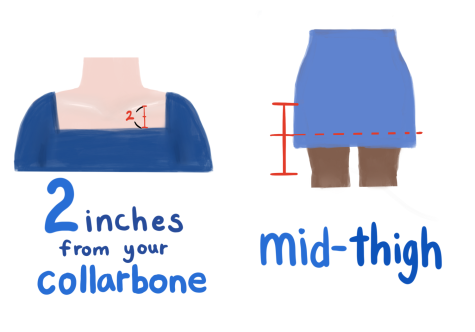
In conjunction with this, new disciplinary actions were introduced to the students. “Two dress code specific demerits of any form will result in an immediate detention. Any offenses beyond these two demerits (such as a third dress code demerit) will lead to a referral to deans for further evaluation. Students with leadership positions will be upheld to higher standards and therefore are subject to stricter consequences,” Jiang wrote.
McConney said, “The two demerit system I’m hoping will bring students’ attention to the importance of the issue in the sense that it is a school expectation and it needs to be fulfilled in the same way that going to Chapel is.”
Changes regarding dress code directly impact LGBTQ+ members in the Hill community. Hill Advocates for Sexual Orientation and Gender Identity (HASOGI) co-president Lilian Rizek ’22 stated in an email, “My concern is mainly for the impact of the dress code on transgender (or otherwise gender non-conforming) students, as the dress code is very binary. Though the wording of the official dress code considers ‘students who identify as…’, students might have to ‘out themselves’ (disclose their identity) to a wide group if they chose to wear dress different than that which matches their sex assigned at birth or their socialized gender.”
HASOGI faculty adviser Amy Agnew P’11 stated in an email, “HASOGI has not specifically discussed the latest dress code guidelines as a club, but from surveys and meetings last year, I can tell you that HASOGI members and others from Hill’s LGBTQ+ community have felt the dress code is too gendered and does not fully support students identifying as transgender or nonbinary. Any reference to females and males specifically is problematic. Some of our students report daily discomfort in having to navigate the dress code.”
Fashion is a way of expression that plays such an important role on a campus like Hill’s, for all students. Elle Molyneaux ’23 said, “One of the main things I look forward to in a day is my outfit.” She went on to say how the original ban on skirts and dresses, and then the amendments to the handbook affected her personally. “ I think it definitely affects my wardrobe and the range of what I can wear and my creative way of expressing myself,” Molyneaux continued.
“We’re now all so worried about fitting in with the dress code, and we are prioritizing it more than school. Like you’re walking around campus and you’re not thinking about your next class, you’re thinking about making sure that you look OK and that you’re not going to get pulled aside because of what you’re wearing,” Hopper said.

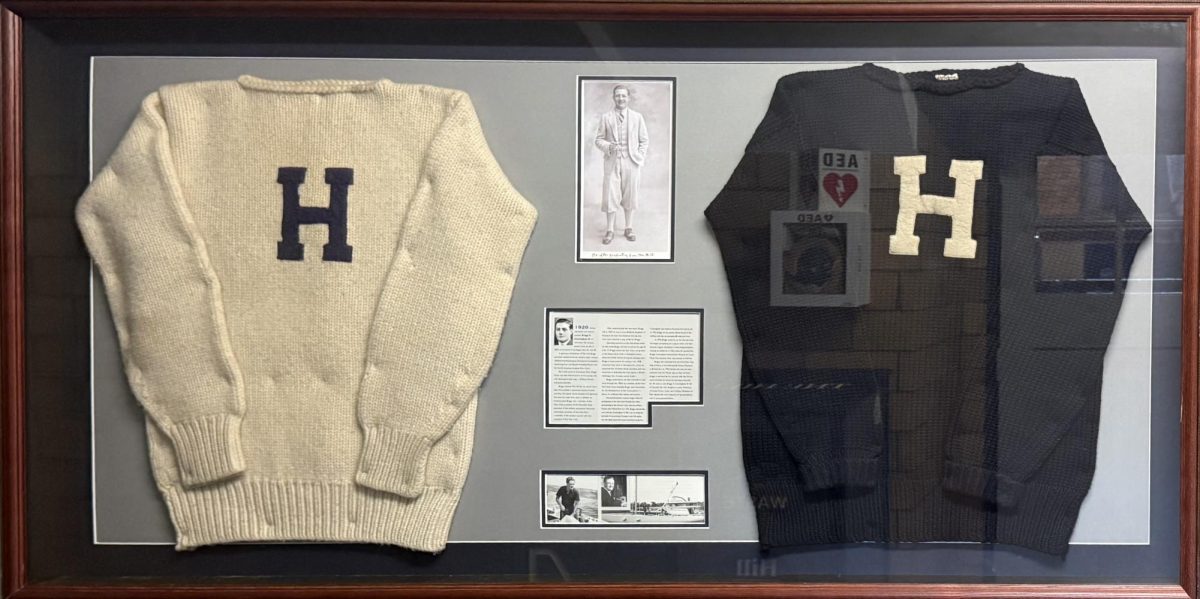

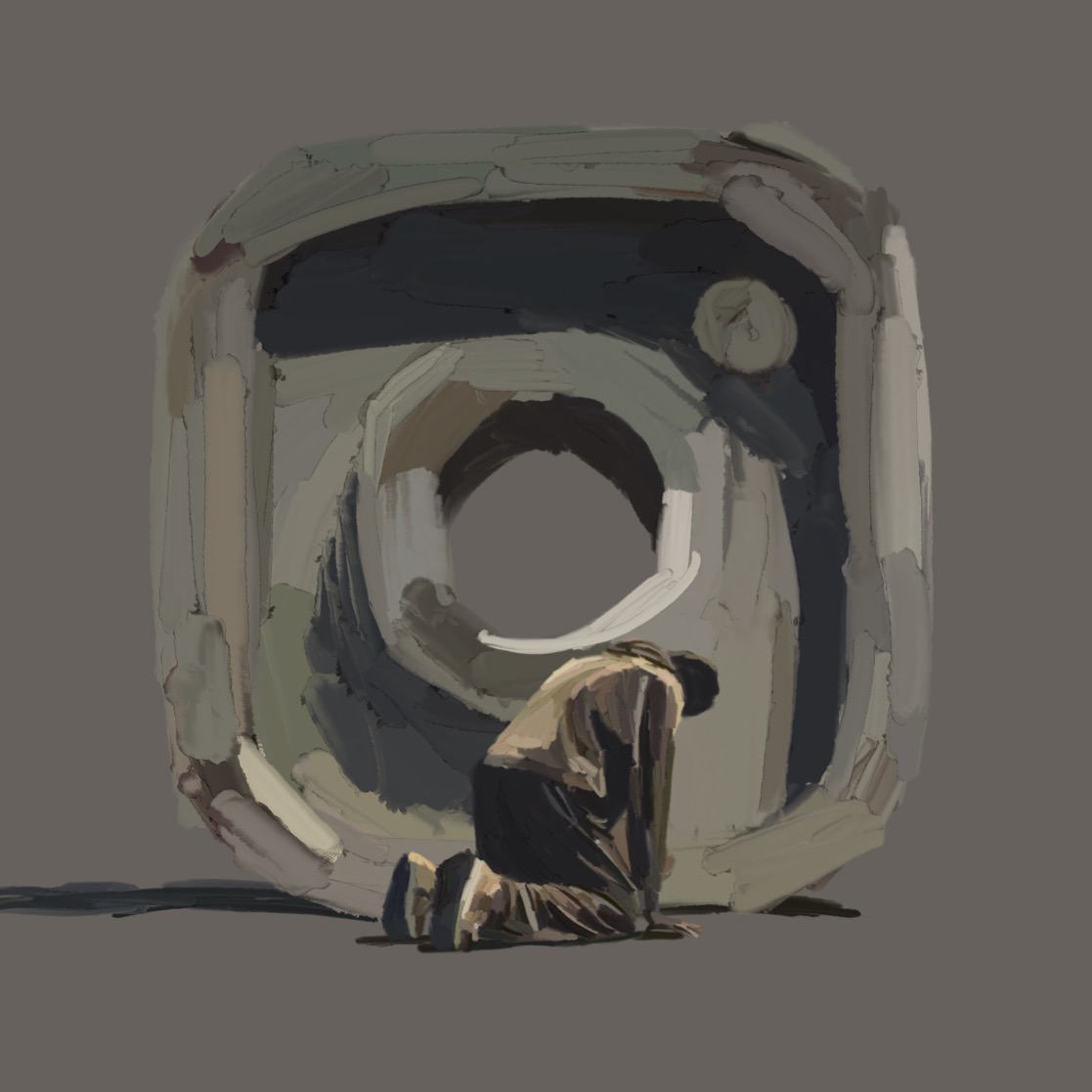








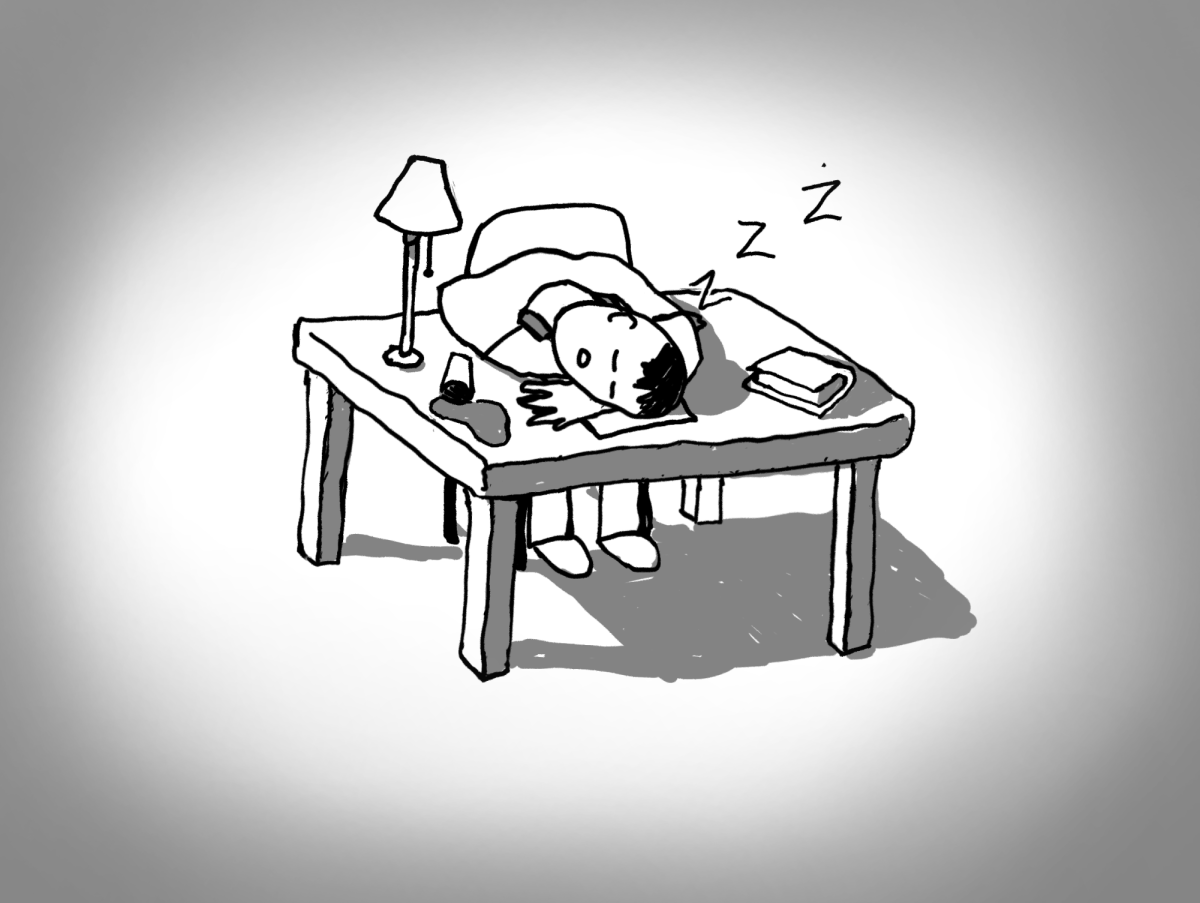

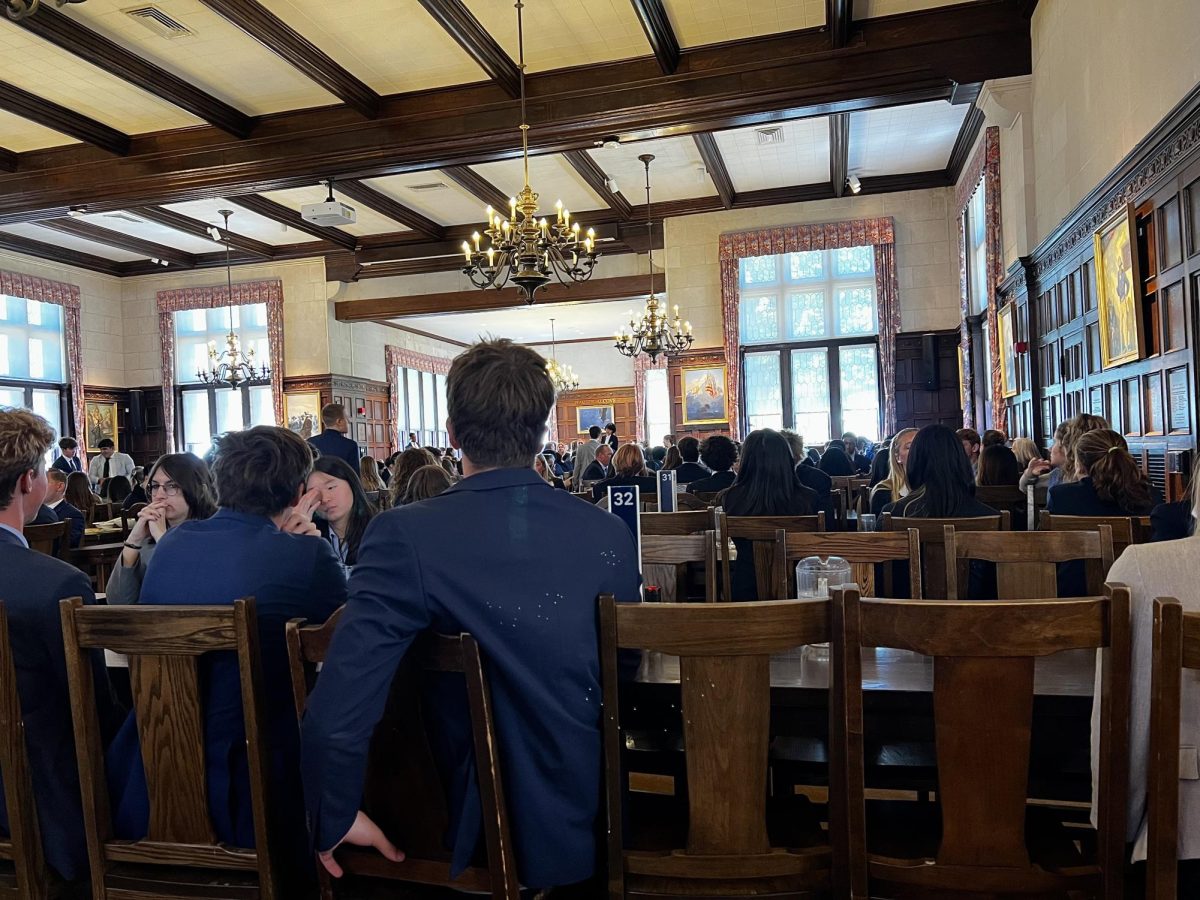












Kerry Elliott • May 13, 2022 at 11:49 pm
Great job, Rose!